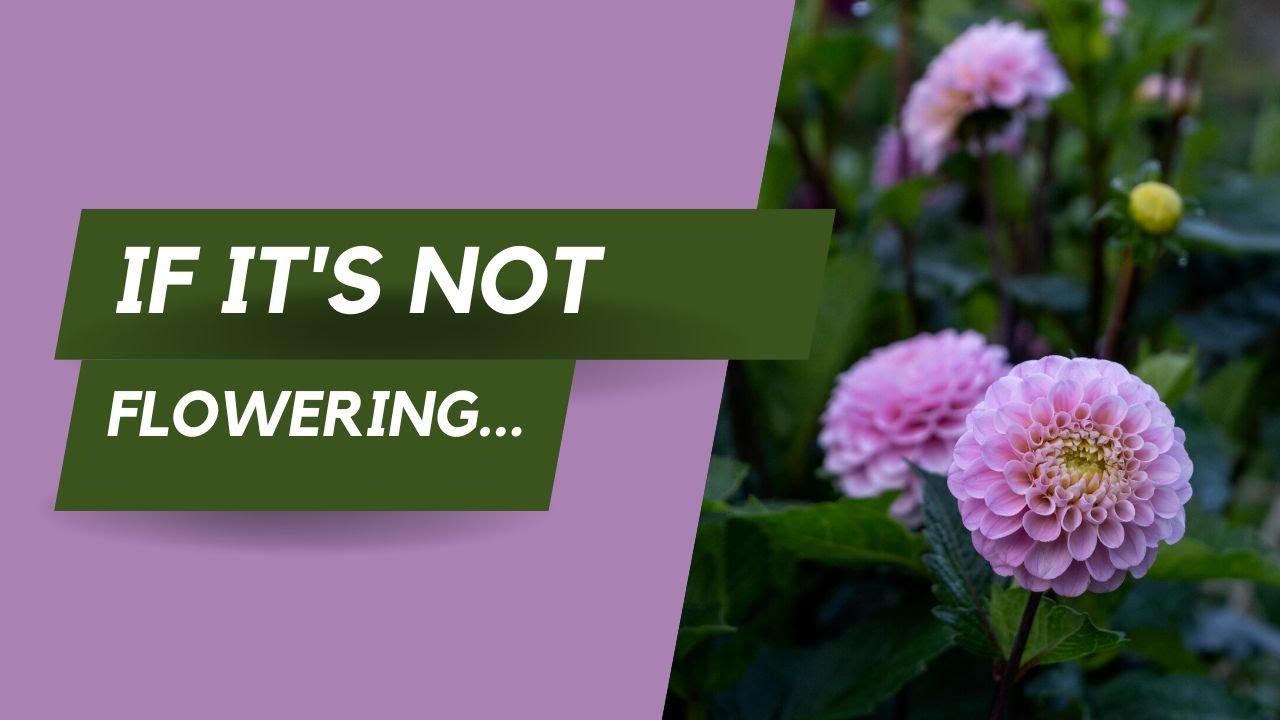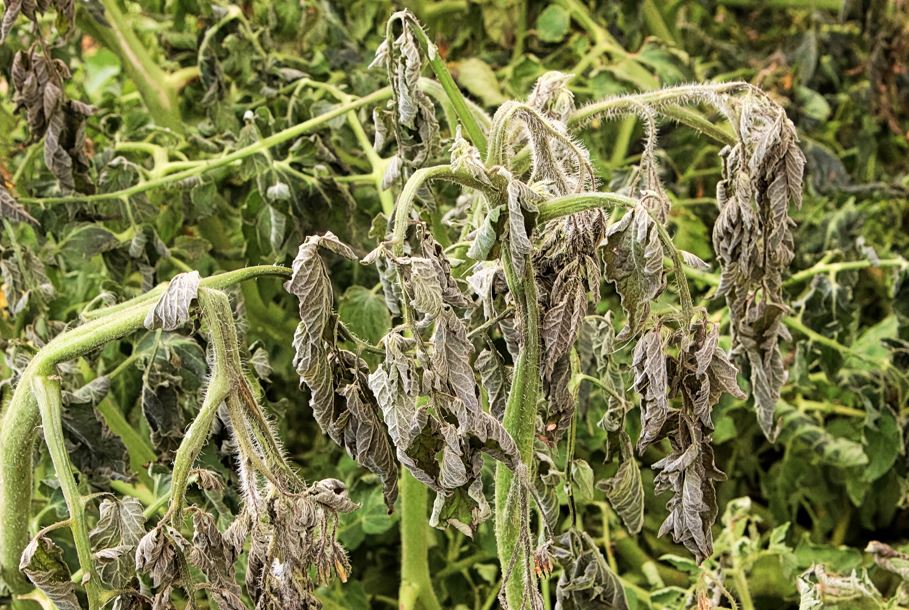How to Fix a Plant That is Not Flowering?
Having a plant that refuses to bloom can be frustrating for any gardener. There are many reasons why a plant may not be flowering, but with a little bit of care and attention, you can help your plant get back on track and start producing those beautiful blooms. Here are some tips on how to fix a plant that is not flowering:
1. Check the Light
One of the most common reasons why plants fail to flower is due to inadequate light. Different plants have different light requirements, so it’s essential to ensure your plant is getting enough sunlight. If your plant is not receiving adequate light, consider moving it to a sunnier spot or investing in a grow light.
2. Check the Watering
Overwatering or underwatering can also prevent a plant from flowering. Make sure you are watering your plant according to its specific needs. Some plants may require more water, while others prefer to be on the drier side. Check the soil moisture regularly and adjust your watering schedule accordingly.
3. Check the Soil
The soil quality can also impact a plant’s ability to flower. Ensure your plant is planted in well-draining soil that is rich in nutrients. If you suspect the soil is lacking nutrients, consider fertilizing your plant with a balanced fertilizer to help promote blooming.
4. Check the Temperature
Flowering plants have specific temperature requirements for optimal blooming. Make sure your plant is in a suitable environment with the right temperature range. Extreme temperatures can stress a plant and prevent it from flowering, so keep a close eye on the temperature where your plant is located.
5. Check for Pests and Diseases
Pests and diseases can also inhibit a plant’s ability to produce flowers. Inspect your plant regularly for any signs of pests or diseases, such as yellowing leaves, holes in the foliage, or unusual spots. If you notice any issues, take prompt action to treat the problem and protect your plant from further damage.
6. Be Patient
Finally, remember that some plants simply take longer to mature and start flowering. Be patient and continue to care for your plant diligently. With time and proper care, your plant will eventually reward you with beautiful blooms.
By following these tips and giving your plant the attention it needs, you can help fix a plant that is not flowering and encourage it to start blooming again. Remember that every plant is unique, so it may take some trial and error to find the right balance of light, water, soil, and nutrients for your specific plant. With a little patience and care, you can enjoy a garden full of vibrant, blooming plants.



